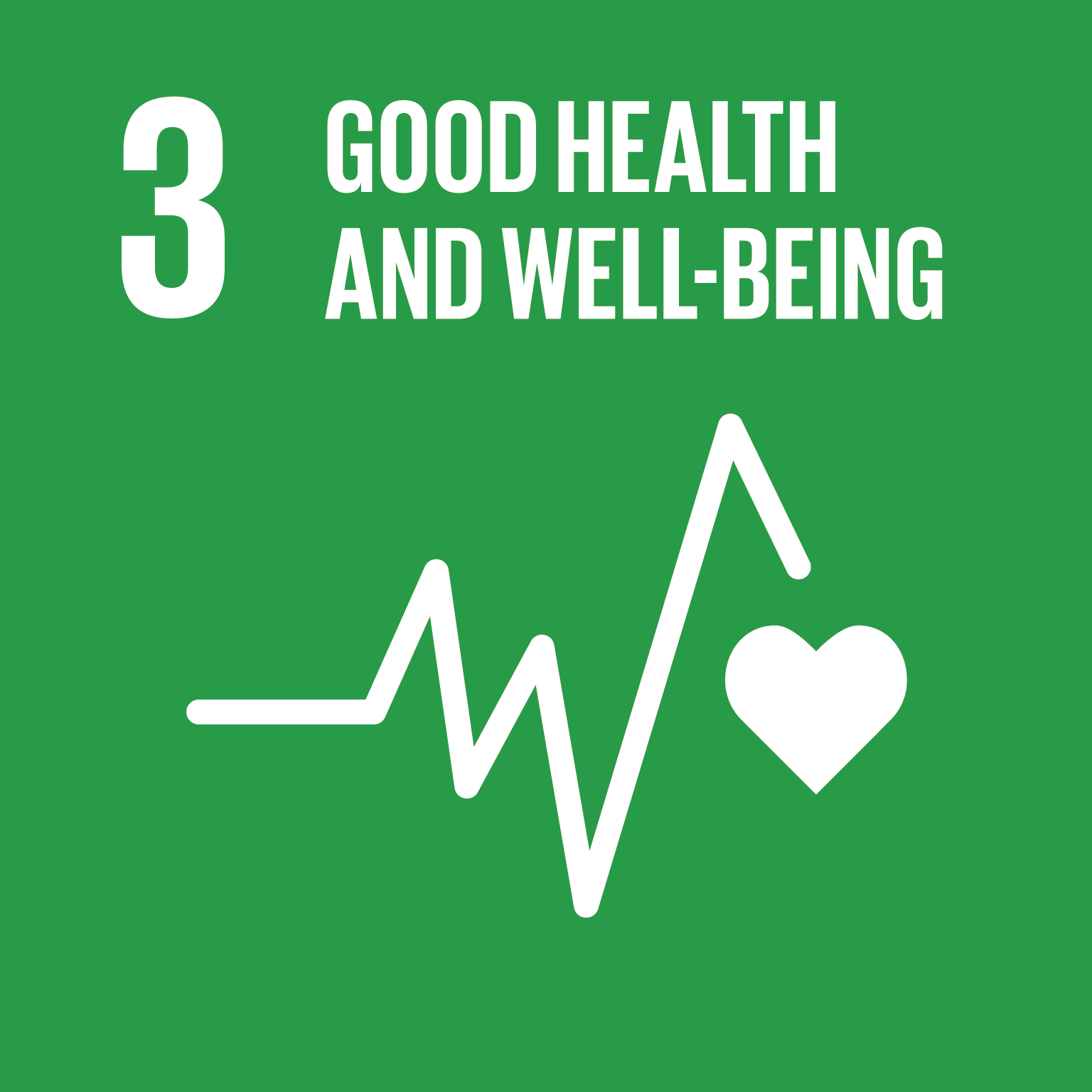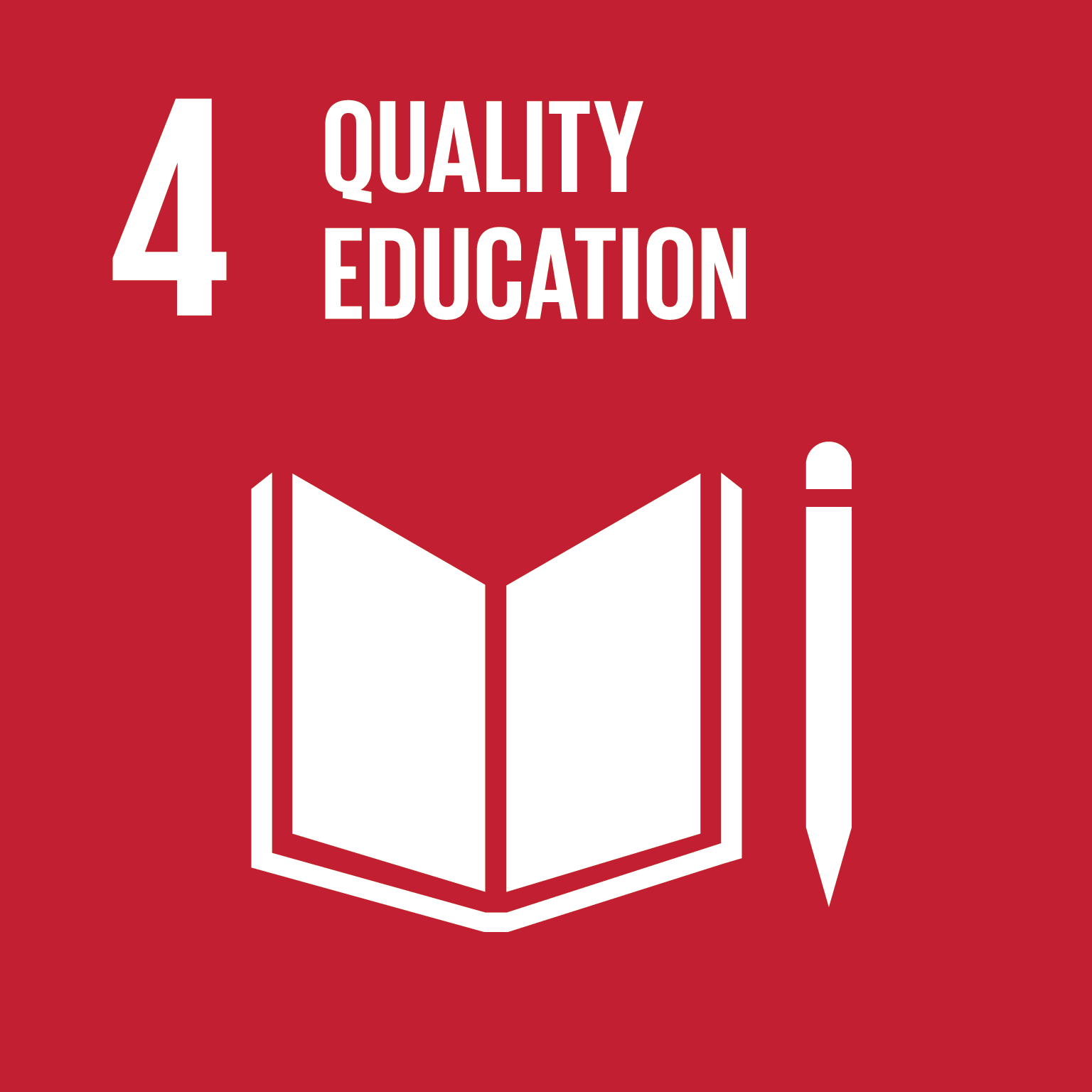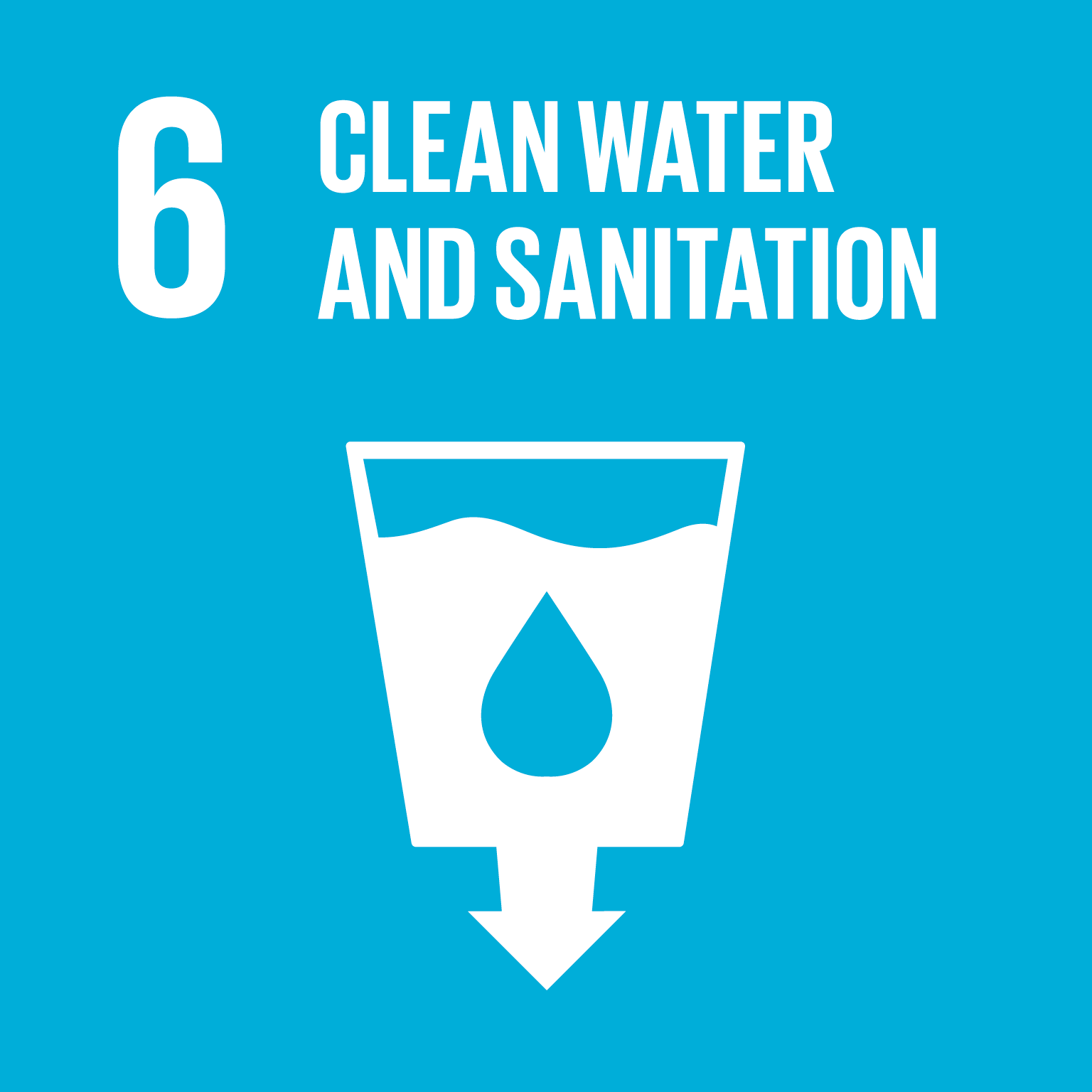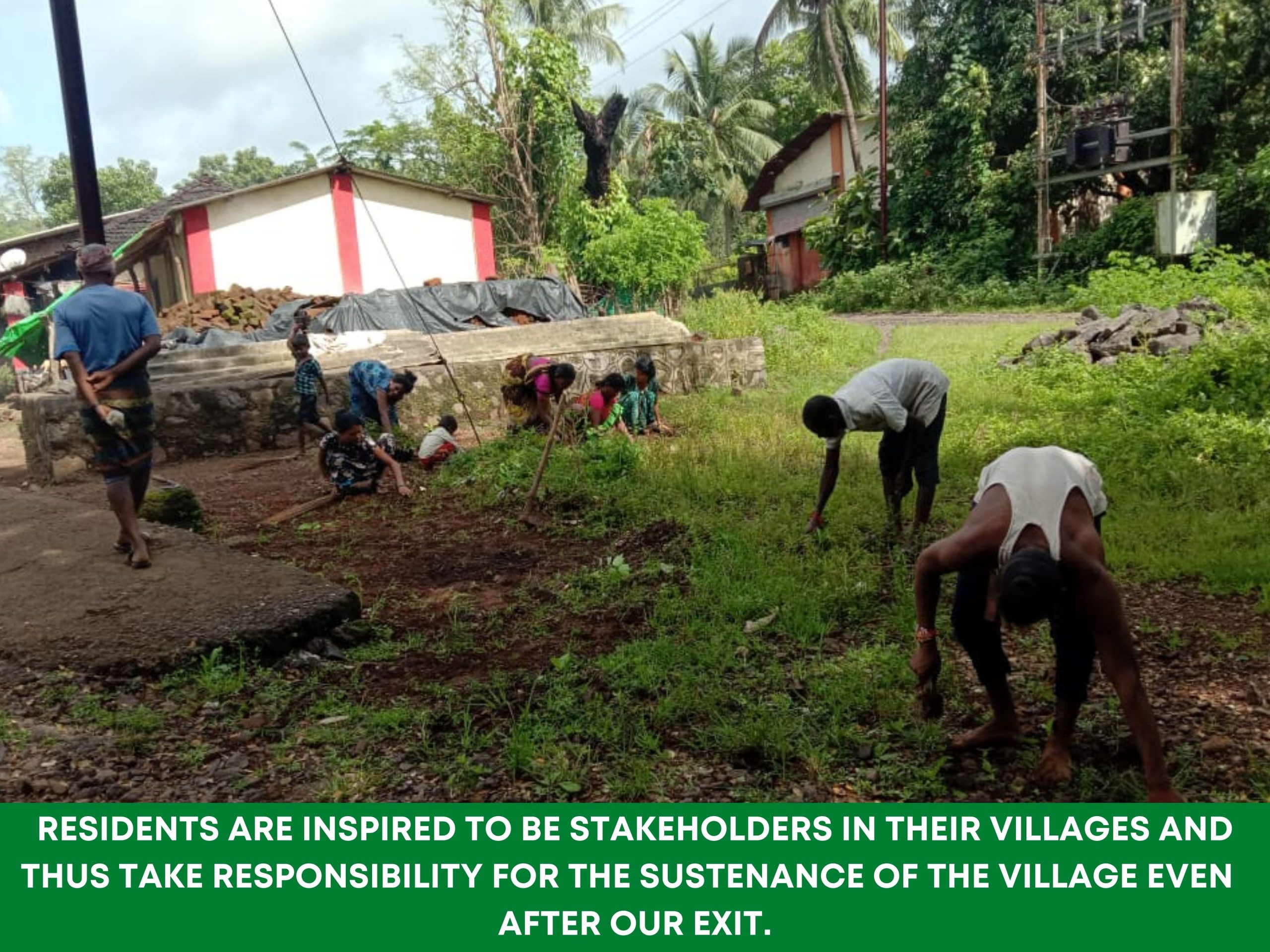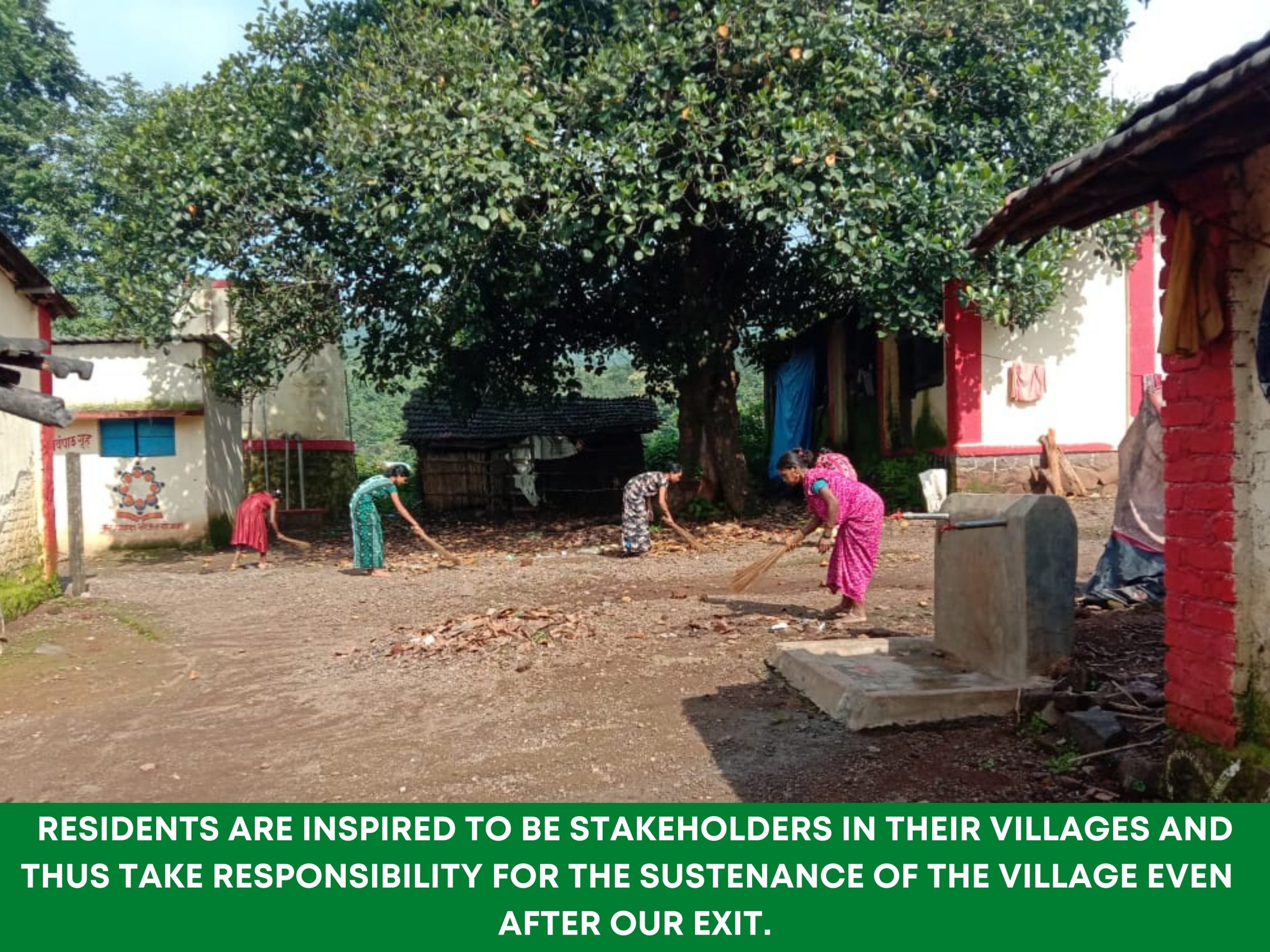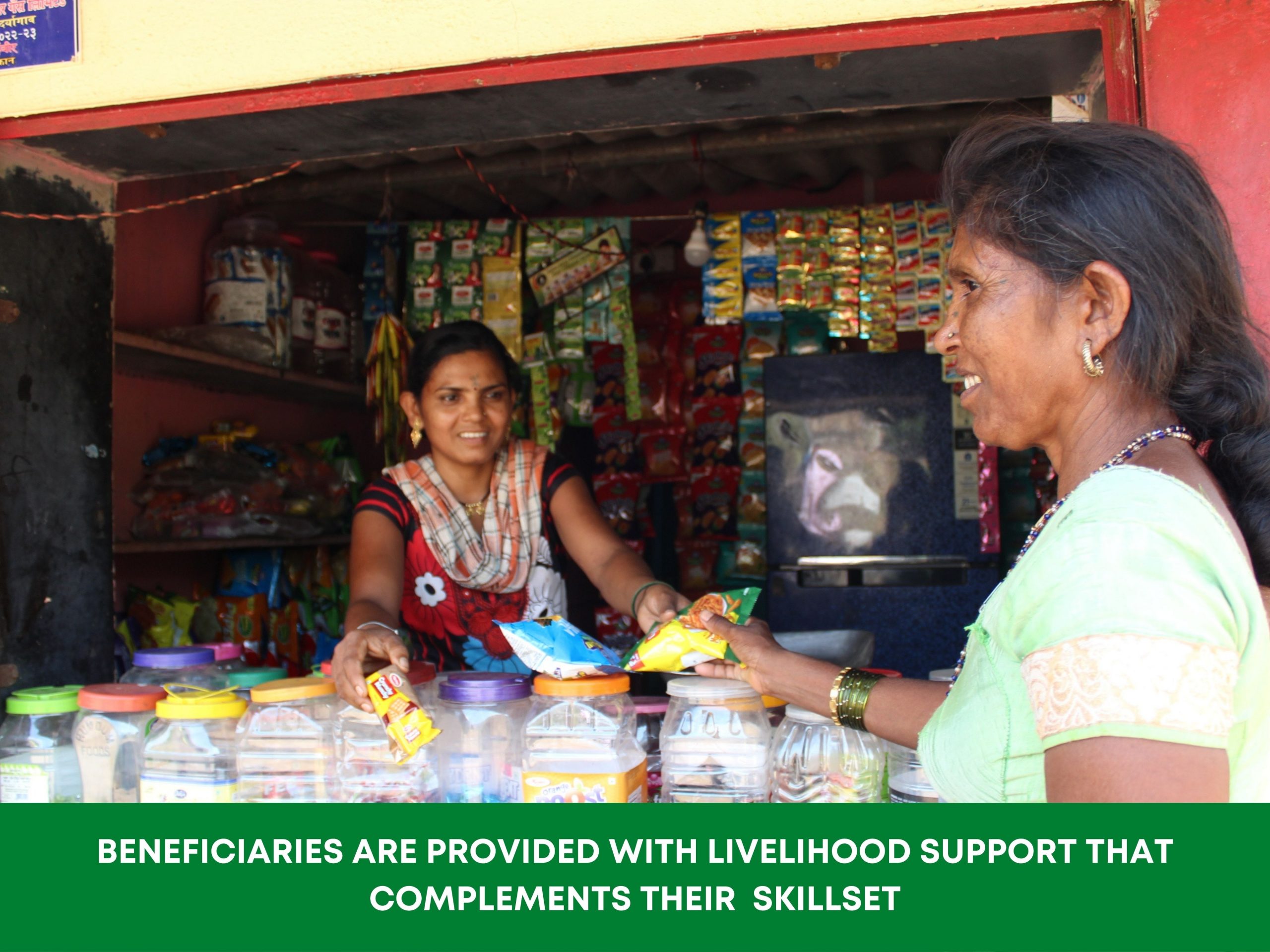PRIDE India’s holistic and integrated Shashwat Gram programme for bringing about sustainable positive change among the rural communities.
The future of India lies in its villages. – Mahatma Gandhi
The Organisation has a strong experience in working in an integrated development model since the last 38 years in Raigad district. We have reached 857 villages across 6 blocks of Mahad, Raigad district through various interventions in Education, Early Childhood Care and development, health, women empowerment and livelihood. 15 of our intervention villages have been recognized by the government for community participation in achieving total sanitation and creating environment-friendly villages. One of the villages Warandoli had received the Nirmal Gram Puraskar/ Ideal village award from Indian President APJ Abdul Kalam in 2006.
Over the years with rich experience in working for rural communities with a holistic approach, we tried to make a sustainable change, by including other thematic areas such as Education, Health & sanitation, Economic empowerment and community development for holistic development, it helped individuals and villagers to bring about socio-economic transformation to develop the village as an institution where the community takes ownership of personal well-being and of their surroundings.
Integrated development of villages will be primarily achieved through the implementation of the existing scheme of Central and State Governments, in a convergent manner along with other funding support and community involvement. This insight has gradually evolved into the present Shashwat Gram Program which has witnessed encouraging results in the villages from where we have phased out already since last 3 years.
The program aligns with the Sustainable Development Goals of Good health and wellbeing (SDG-3), Quality Education (SDG 4), Clean Water and Sanitation (SDG 6) and decent work and Economic growth (SDG- 08) to promote a long term approach to address the global challenges.
GOOD HEALTH AND WELL-BEING AT SHASHWAT GRAM

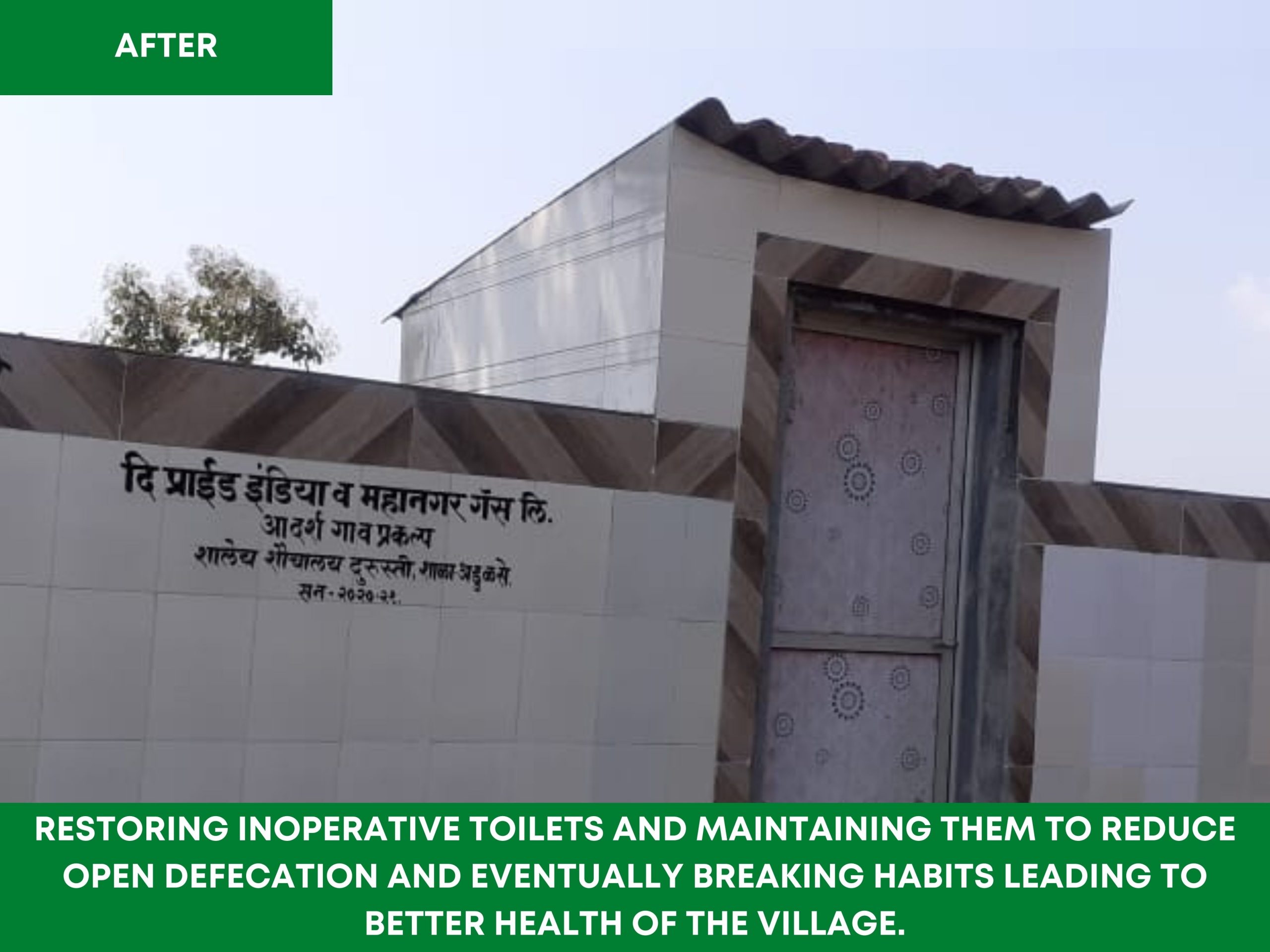
- Enhanced Quality of Life: Improved health and well-being in the village lead to a higher quality of life, promoting happiness and satisfaction among individuals.
- Reduced Disease Burden: Access to healthcare services, sanitation facilities, and health education helps prevent and manage diseases, resulting in a decreased disease burden within the community.
- Increased Lifespan: Improved health and well-being contribute to longer life expectancy, allowing individuals to live longer and healthier lives.
- Productivity and Economic Growth: Good health enables individuals to be more productive, leading to increased economic growth and prosperity within the village.
- Improved Education: Good health and well-being support effective learning, leading to improved educational outcomes for children and adults.
- Stronger Community Bonds: Good health encourages active community participation and fosters stronger social connections.
- Lower Healthcare Costs: Better health reduces healthcare expenses for individuals and the community.
- Environmental Stewardship: Good health promotes responsible environmental practices and sustainability efforts.
- Resilience and Disaster Preparedness: Good health enhances the community’s ability to respond to emergencies and recover from disasters.
- Overall Happiness and Fulfillment: Good health contributes to a positive and fulfilling life, allowing individuals to pursue their goals and experience contentment within the village.
QUALITY EDUCATION IN SHASHWAT GRAM


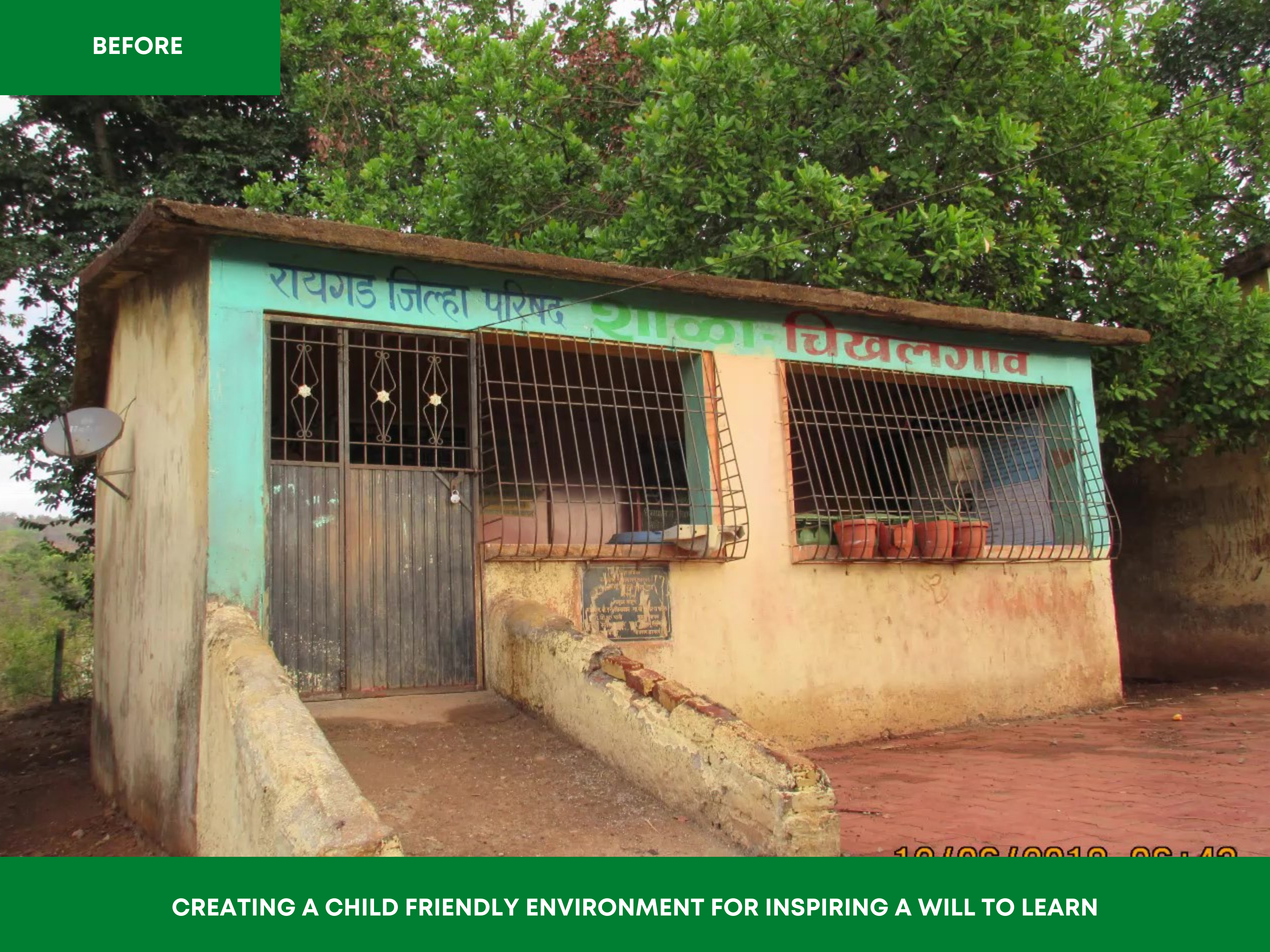
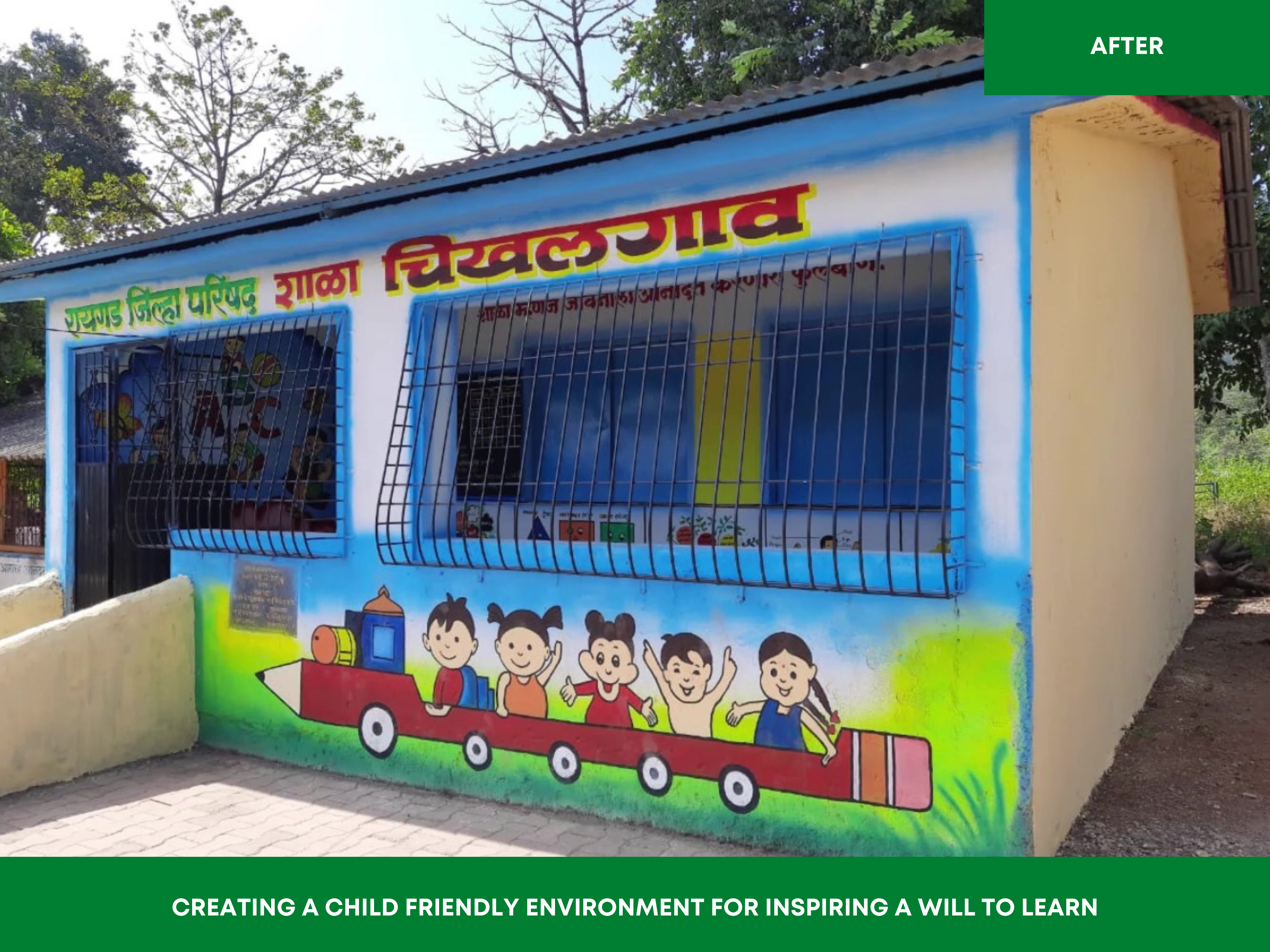
- Enhanced Resources: Access to a variety of learning materials, advanced technology, and well-equipped facilities improves the quality and effectiveness of education.
- Qualified Teachers: A conducive infrastructure attracts skilled educators who undergo professional development, employ innovative teaching methods, and provide personalized instruction.
- Optimal Learning Environment: Well-designed classrooms with appropriate space, lighting, and ventilation foster focus, engagement, and active participation.
- Technology Integration: Integration of modern tools and resources facilitates interactive and multimedia-based learning, fostering digital literacy and preparing students for the future.
- Motivation and Pride: Well-maintained infrastructure boosts student motivation, self-esteem, and aspirations, leading to a stronger commitment to learning and achievement.
CLEAN WATER AND SANITATION IN SHASHWAT GRAM


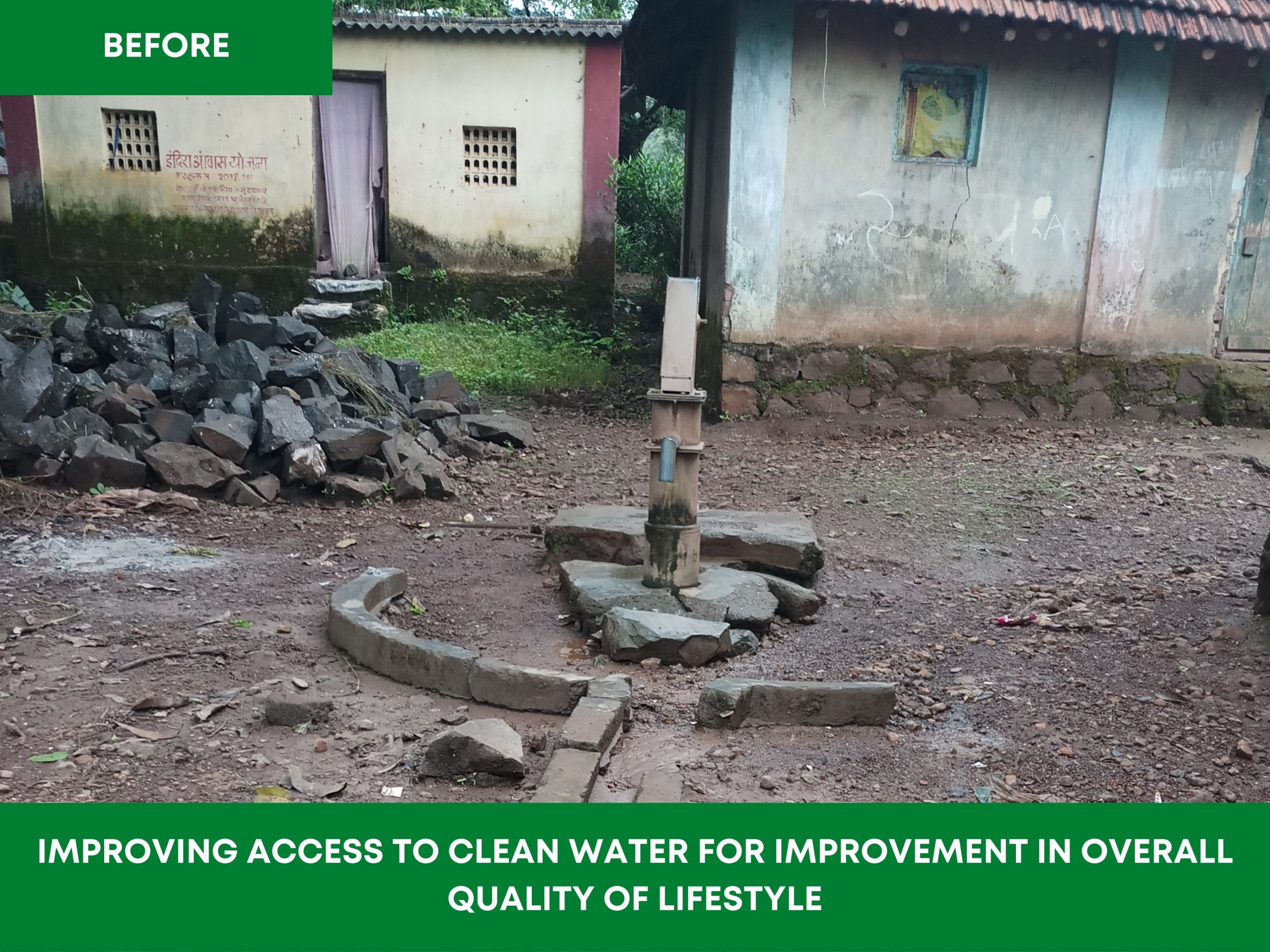
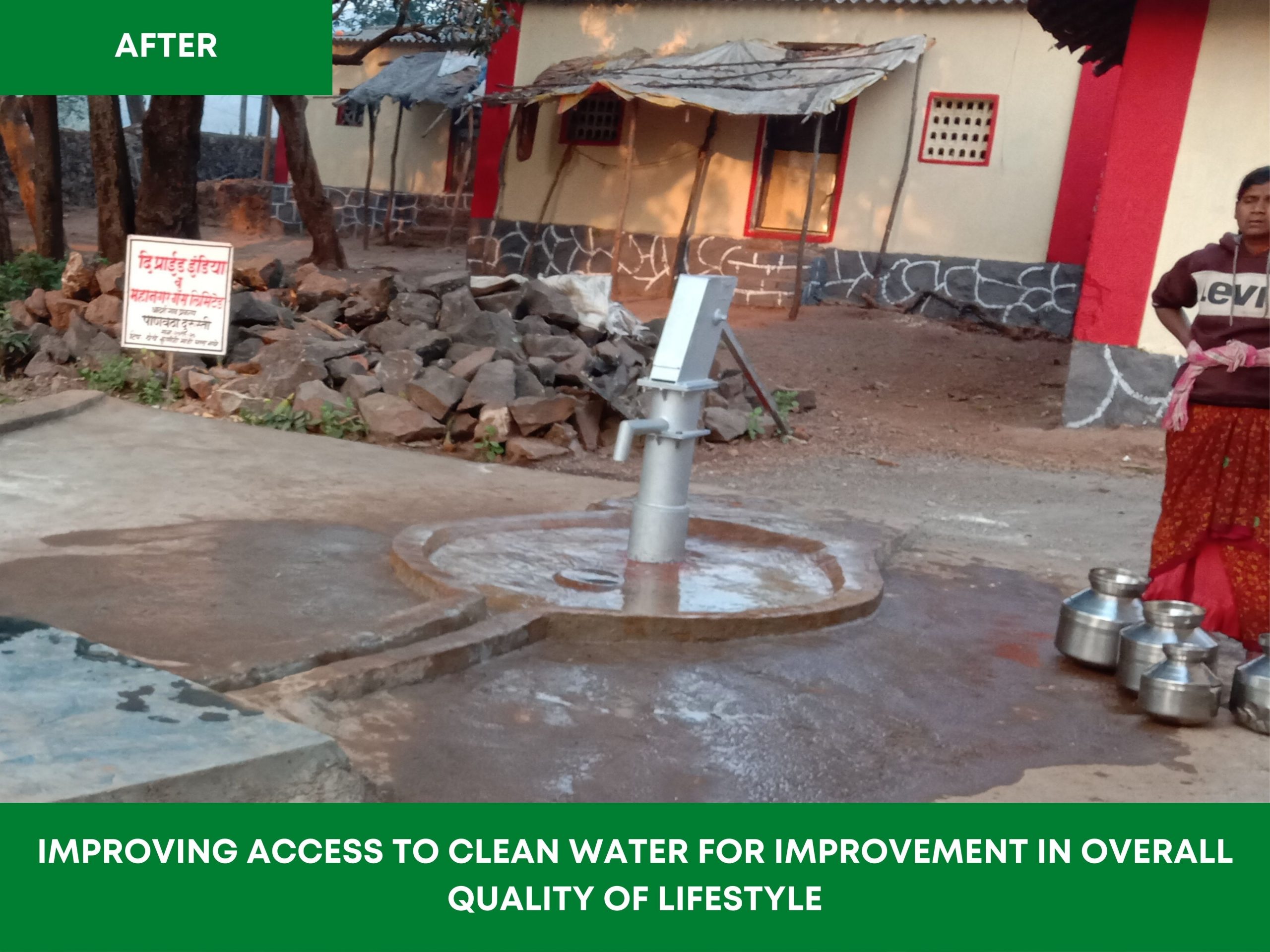
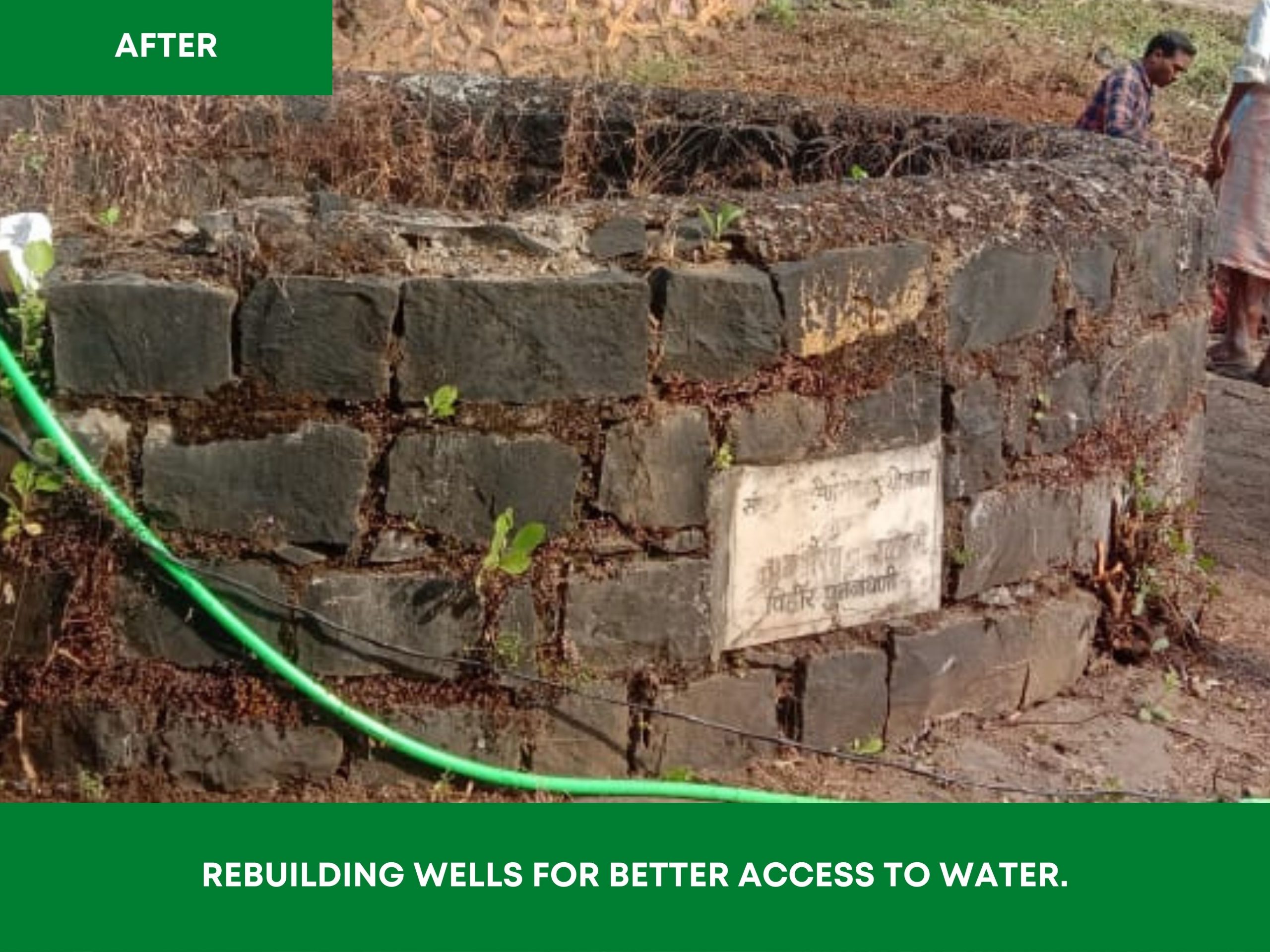
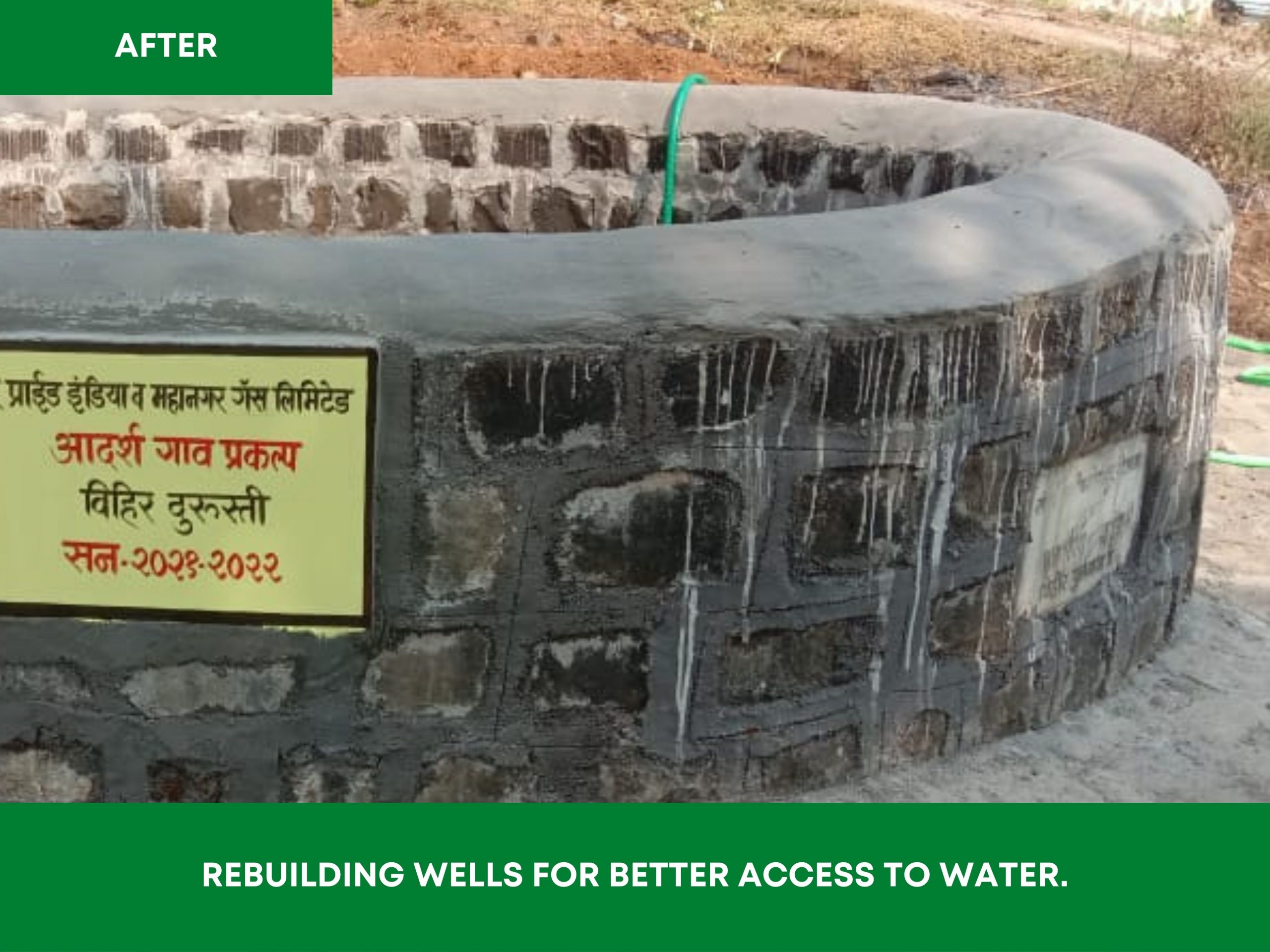
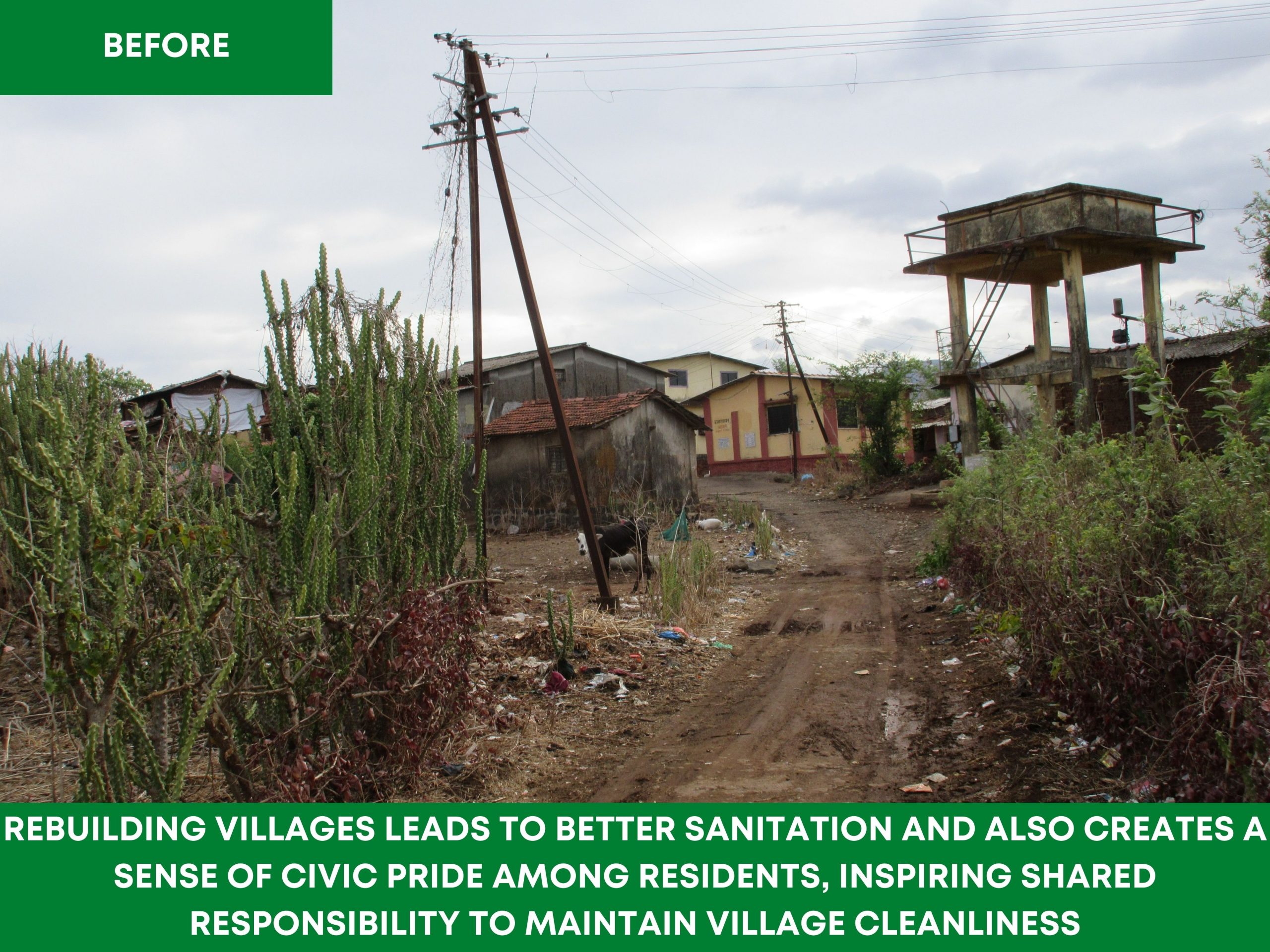
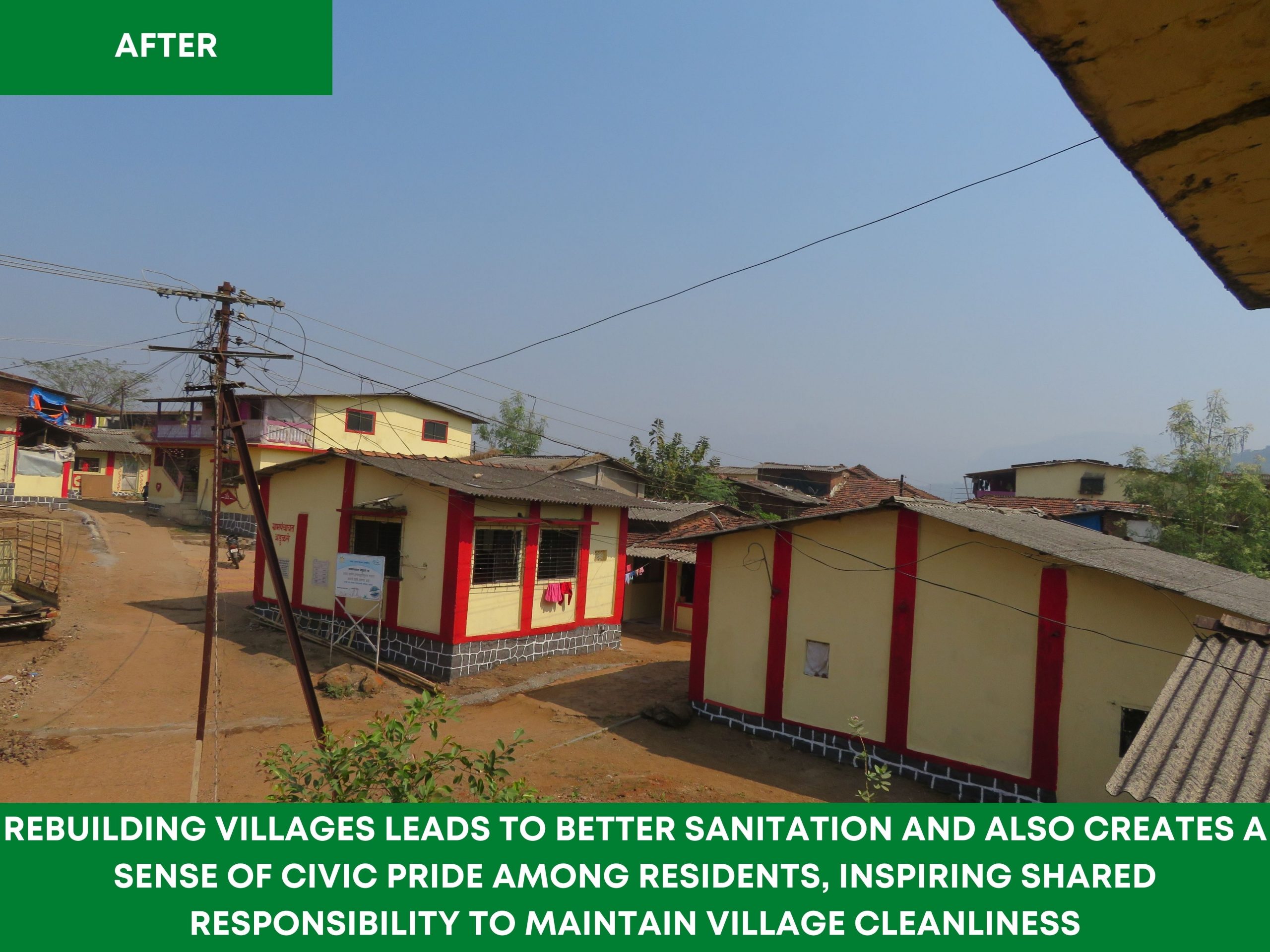
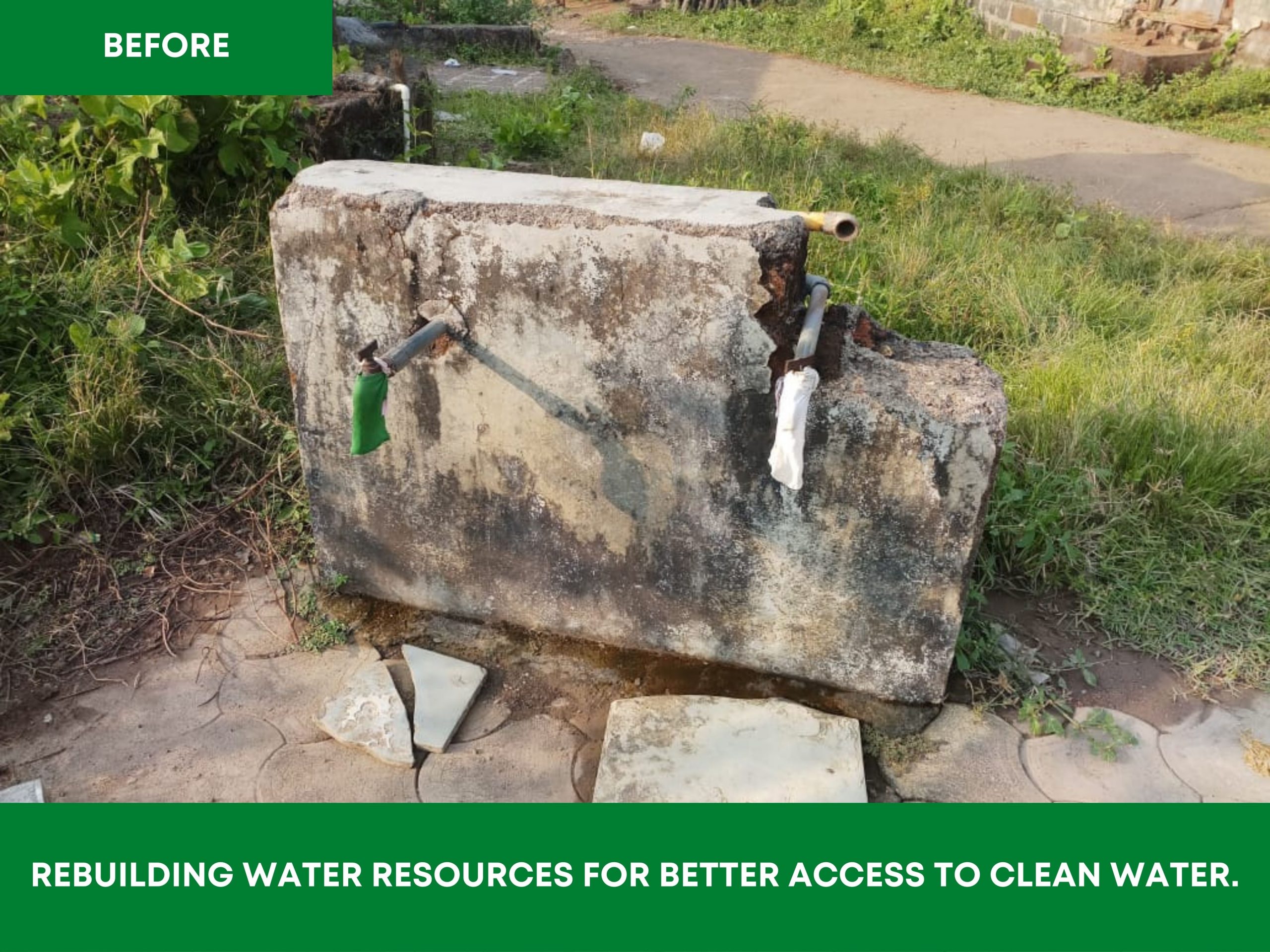
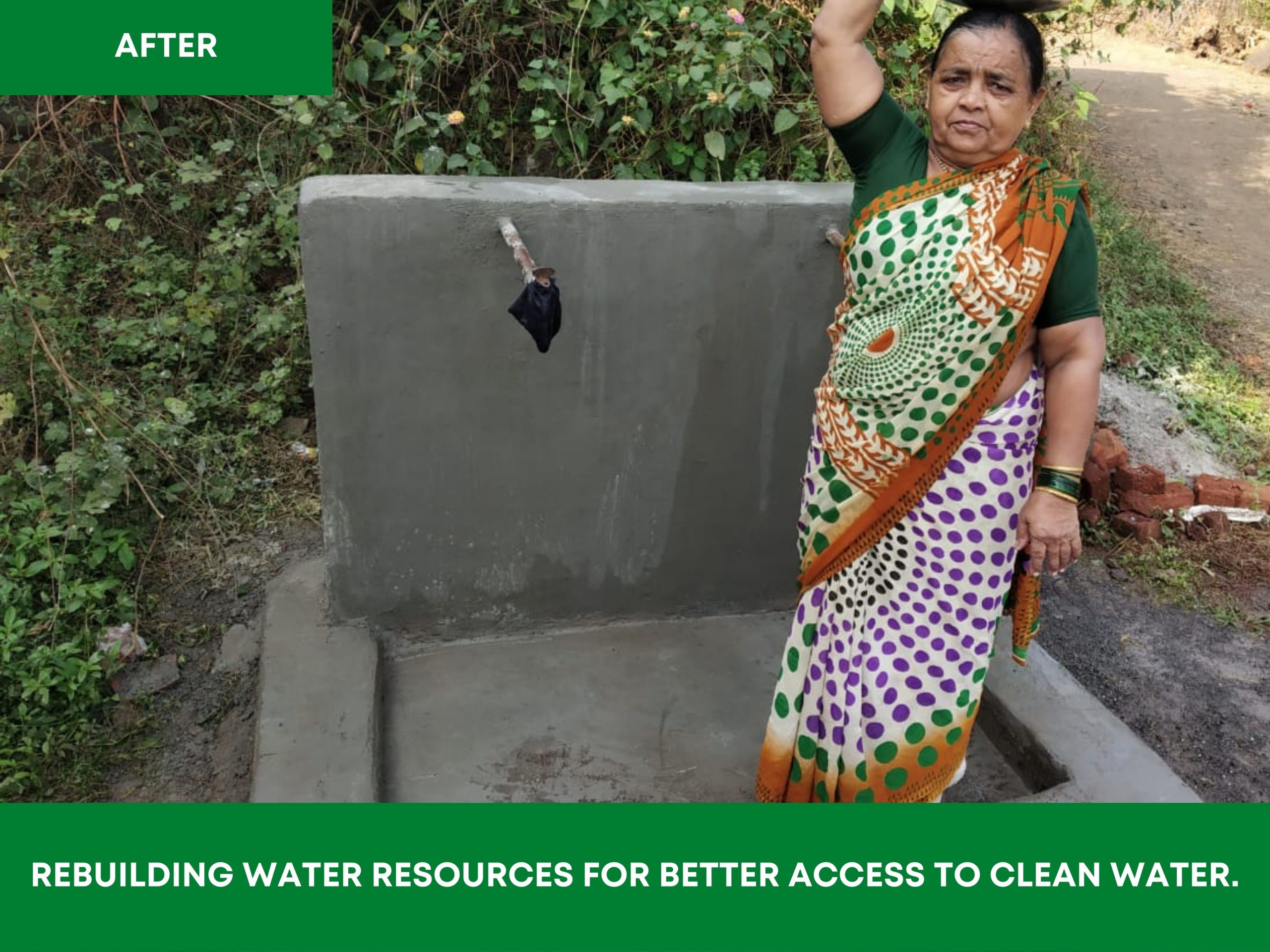
- Improved Health: Access to clean water prevents waterborne diseases, improving community health.
- Hygiene and Sanitation: Easy water access enables better hygiene practices and sanitation.
- Agricultural Productivity: Water availability boosts crop yields and livelihood opportunities.
- Livestock Management: Adequate water supply improves animal health and income generation.
- Time and Energy Savings: Closer water sources save time and energy for other activities.
- Economic Opportunities: Water access drives small-scale businesses and economic growth.
- Environmental Preservation: Accessible water conserves resources and promotes sustainability.
- Overall Well-being: Water access enhances quality of life, prosperity, and social development.
DECENT WORK AND ECONOMIC GROWTH IN SHASHWAT GRAM

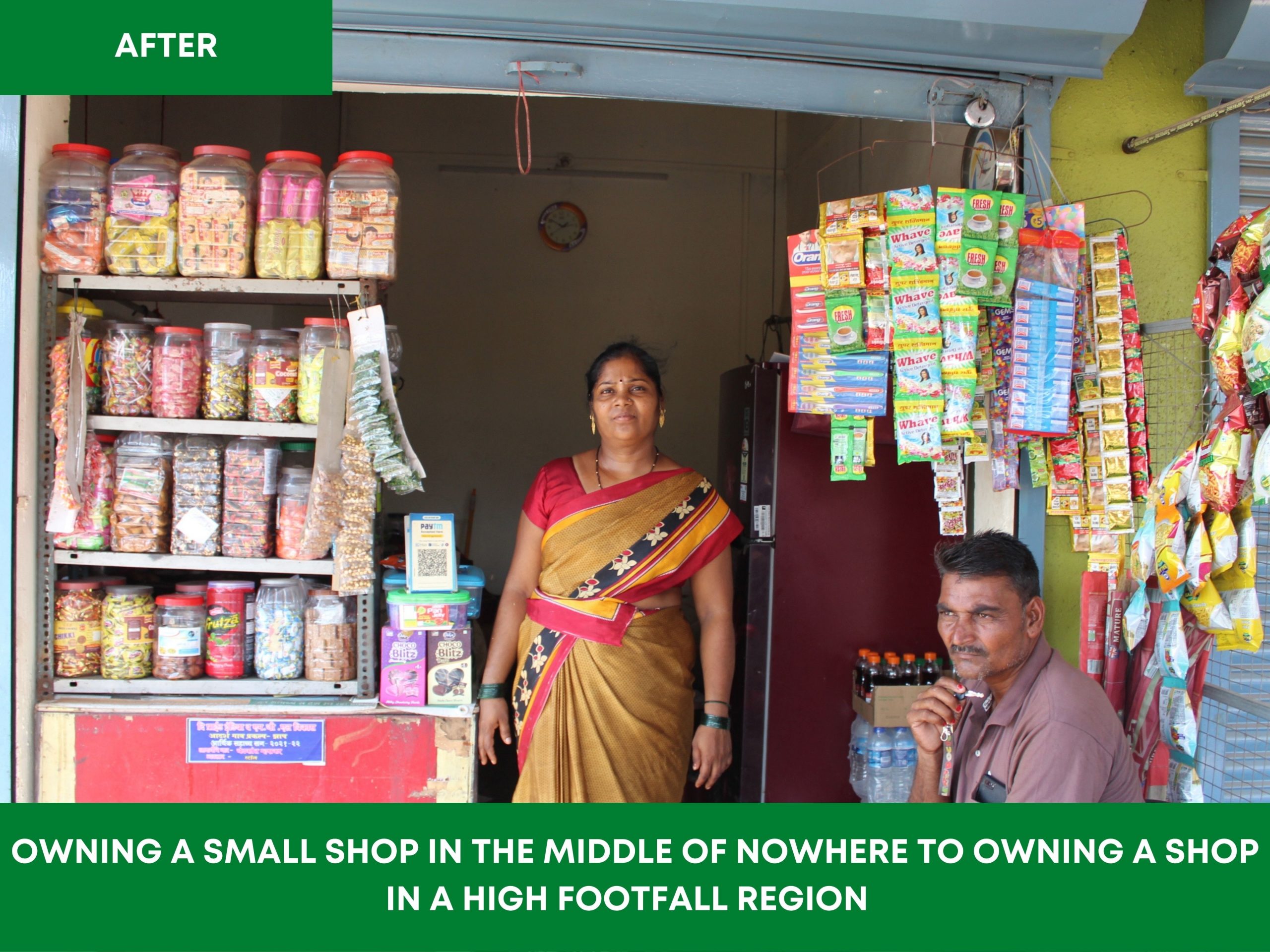
- More jobs and reduced unemployment: As local industries and businesses thrive, more employment opportunities are created, reducing the need for villagers to migrate to cities in search of work.
- Increased income and improved living standards: With steady employment and higher wages, individuals and families experience a rise in their income, enabling them to meet their basic needs, access better healthcare, and afford quality education.
- Poverty reduction and greater economic stability: The availability of diverse job opportunities and increased income levels contribute to poverty reduction and create a more stable economic environment within the village.
- Enhanced infrastructure: Economic growth often leads to improved infrastructure, including better roads, reliable electricity supply, upgraded healthcare facilities, and modernized educational institutions, benefiting the entire community.
- Promoted entrepreneurship, innovation, and competitiveness: Economic growth fosters an environment conducive to entrepreneurship, encouraging locals to start their own businesses, innovate, and contribute to the overall development of the village.
- Skill development and capacity building opportunities: The growth of industries and businesses in the village creates avenues for skill development and capacity building, empowering individuals with new skills and enhancing their employability.
- Social development through investments in education and healthcare: With economic growth, there is an increased focus on investing in education and healthcare facilities, providing access to quality education and improved healthcare services for the village residents.
- Reduced rural migration as people find employment opportunities locally: With the availability of decent work within the village, individuals are less likely to migrate to urban areas in search of livelihood, leading to reduced rural-to-urban migration.
- Overall prosperity and a brighter future for all residents: When decent work and economic growth are realized, the village experiences overall prosperity, with improved livelihoods, better infrastructure, enhanced services, and a promising future for all its residents.

